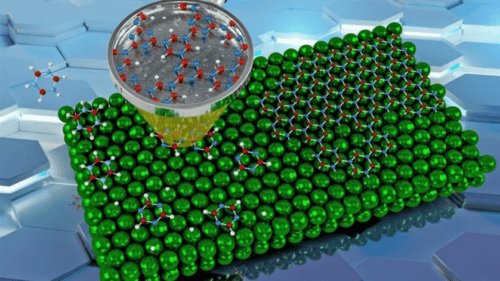Researchers from the Graz University of Technology have implemented Quantum calculations conducted by scientists at the University of Surrey to develop 2D materials that could assist in building next-generation fuel-cells devices.

It is difficult to discover the development of 2D materials in the many intermediary steps that take place before the 2D material is completed due to the involvement of hot temperatures. Hence, scientists from the University of Surrey carried out quantum calculations to observe new phases of 2D materials. These calculations were used by researchers from the Graz University of Technology to fabricate hexagonal boron nitride (h-BN), a 2D material that displays a honeycomb crystal structure similar to that of graphene.
Dr. Anton Tamtögl, Project Lead, at the Graz University of Technology says, “The nanoporous phases discovered during our research are not of purely academic interest—they offer the potential for applications such as sensor materials, nanoreactors, and membranes. This work illustrates that fundamental physics and chemistry offer routes to truly relevant nanotechnology applications.”
The experiments revealed that the other 2D surface can be separated before h-BN is formed. Dr. Marco Sacchi, University of Surrey says, “We proved that the combination of experiments and quantum chemical calculations can provide new and important insight into the growth of 2D materials. We are already planning to employ our method for studying the growth of other 2D materials, and we are working with international collaborators to find ways to accelerate the development of these promising materials.”
Anthony Payne, a co-author from the University of Surrey, stated “These nanopores are unlike anything seen before and may open up a new generation of nanomaterials with exciting possibilities in nanotechnology and catalysis.”
Click here for the Published Research Paper







